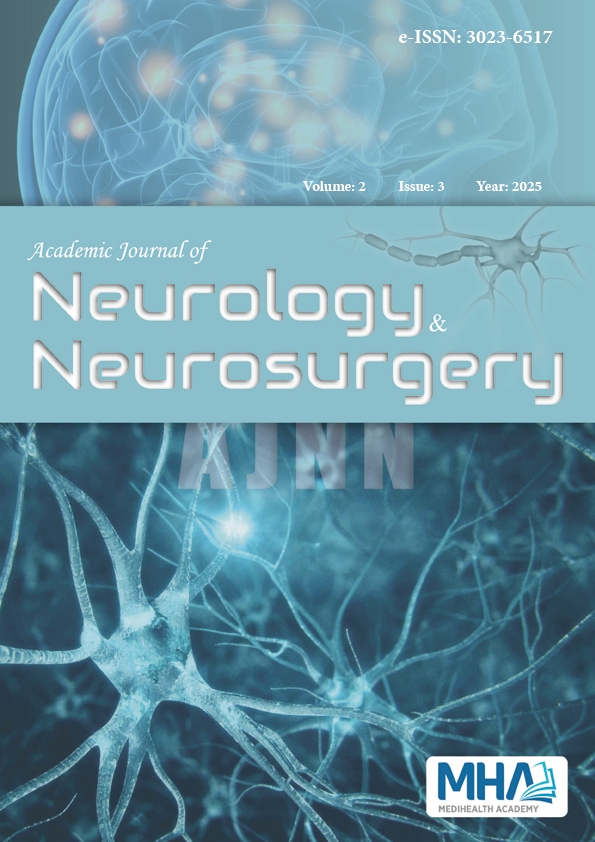1. Wein S, Gaillard F. Intradural spinal tumors and their mimics: a review of radiographic features. Postgrad Med J. 2013;89(1054):457-469. doi:10. 1136/postgradmedj-2012-131503
2. Abul-Kasim K, Thurnher MM, McKeever P, Sundgren PC. Intradural spinal tumors: current classification and MRI features. Neuroradiology. 2008;50(4):301-314. doi:10.1007/s00234-007-0345-7
3. Ozawa H, Onoda Y, Aizawa T, Nakamura T, Koakutsu T, Itoi E. Natural history of intradural-extramedullary spinal cord tumors. Acta Neurol Belg. 2012;112(3):265-270. doi:10.1007/s13760-012-0048-7
4. Ottenhausen M, Ntoulias G, Bodhinayake I, et al. Intradural spinal tumors in adults-update on management and outcome. Neurosurg Rev. 2019;42(2):371-388. doi:10.1007/s10143-018-0957-x
5. Gu R, Liu JB, Zhang Q, Liu GY, Zhu QS. MRI diagnosis of intradural extramedullary tumors. J Cancer Res Ther. 2014;10(4):927-931. doi:10. 4103/0973-1482.137993
6. Song KW, Shin SI, Lee JY, Kim GL, Hyun YS, Park DY. Surgical results of intradural extramedullary tumors. Clin Orthop Surg. 2009;1(2):74-80. doi:10.4055/cios.2009.1.2.74
7. Won YI, Choi Y, Yuh WT, et al. Validity of magnetic resonance imaging (MRI) in the primary spinal cord tumors in the routine clinical setting. Sci Rep. 2022;12(1):10151. doi:10.1038/s41598-022-13881-z
8. Iwata E, Shigematsu H, Yamamoto Y, et al. Preliminary algorithm for differential diagnosis between spinal meningioma and schwannoma using plain magnetic resonance imaging. J Orthop Sci. 2018;23(2):408-413. doi:10.1016/j.jos.2017.11.012
9. Zhai X, Zhou M, Chen H, et al. Differentiation between intraspinal schwannoma and meningioma by MR characteristics and clinical features. Radiol Med. 2019;124(6):510-521. doi:10.1007/s11547-019-00988-z
10. Koeller KK, Shih RY. Intradural extramedullary spinal neoplasms: radiologic-pathologic correlation. Radiographics. 2019;39(2):468-490. doi:10.1148/rg.2019180200
11. Nakamura M, Tsuji O, Fujiyoshi K, et al. Long-term surgical outcomes of spinal meningiomas. Spine (Phila Pa 1976). 2012;37(10): E617-623. doi:10.1097/BRS.0b013e31824167f1

